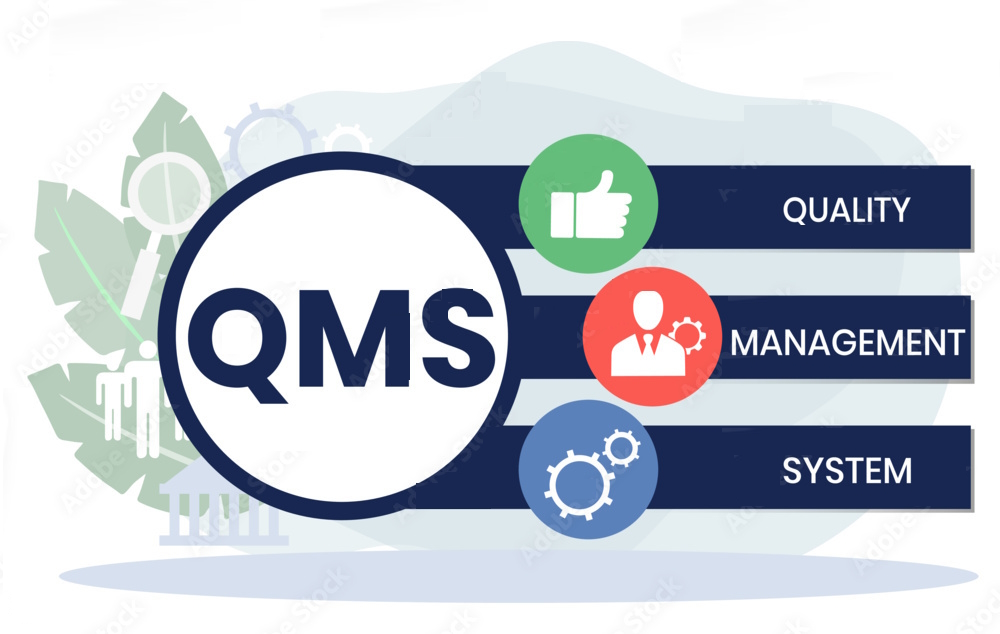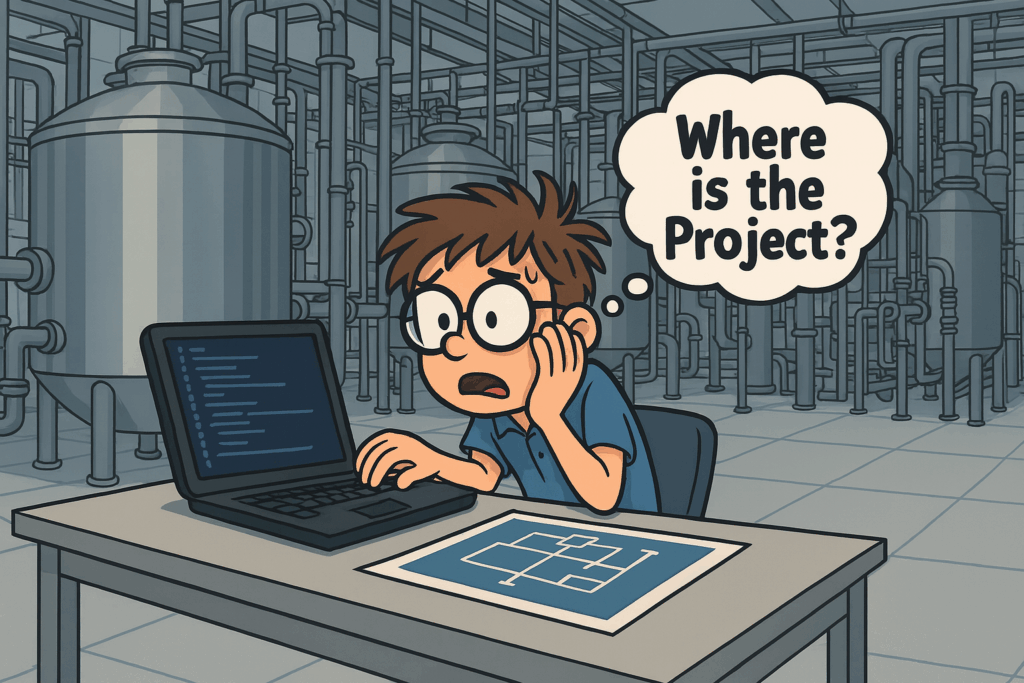
The debate of best style/type of PLC Coding is whirling around on LinkedIn. The ‘legacy’ languages of LAD and FBD are still used by some and some prefer to use Structured Text and modern languages. Both languages and styles will get the job done, and maybe in the same time frame and at the same price. TIA openness and other tools help improve efficiency in coding and deployment also.
Our programmers have, over 25 years, programmed in STL, FBD, LAD, and ST in Siemens, and also used higher editors such as Grafcet and Braumat, and of course used other editors for other vendors also. It was great to use STL in Step7 and Step5, as the direct absolute addressing made us aware of the actual memory allocations throughout the PLC. We can still use some of that knowledge in using portions of an tag by using a direct address, but of course that is dangerous as the next person might not know of the relationship of the direct address portion to the tagged item.
And that’s the point. It is always about the next person.
Standards exist to help the next engineer work on the system without having to interview the original programmer. The contracting companies role is clearer and the engineers code is clearer if the team works to the same standards across a site and across projects. But ambitious interested PLC and Scada coders need to design and invent. Vendors have provided built-in functions and AOI’s for years, as well as templates and downloadable code and the Open library from DMC is available for a long time, probably 10 years, and it isn’t universally used either. People want to invent, and to be able to claim that the code is their own, and take pride in that aspect of their work.
—–

“We are trying to contact our programmer, but he is on leave for next 3 weeks, we don’t have anyone else to understand the code now”. Oh yes, we have all heard that (most recently for me ? – in water treatment about 4 months ago).
“I’ve taken over from ” “, and I am fire-fighting every day on sites”
“The system crash was due to the new code upgrade not working with the patch from last year” (different programmers, different styles, ->something missed in the checks).
And of course – ” ” has left and we don’t have his memory stick / laptop / log-in”
Sometimes it doesn’t matter, the problem is small and is fixed in a few minutes, – but sometimes it is costly, and eventually the looseness becomes a big problem for the contracting company,
—
Automation Systems Integration companies manage this by developing (or obtaining) standard code functions and libraries, which eases the transfer of knowledge between their staff; it is much easier to spread knowledge across a group when good standards are used. The use of and management of the standard code library becomes part of the company quality standards, and this adds to the cost of the company’s work. New entrants have to be trained in the company or site methods, even if they are experienced. The libraries have to be versioned, documented and managed. Changes to functions require meetings and approvals. This becomes expensive and the libraries are deemed to be valuable and are not shared outside of the SI company, even with clients.
Manufacturing or Utility sites form relationships with automation SI companies as it isn’t practical to have full time programmers for occasional maintenance work. The relationships, under Service Agreements, work well for both the manufacturer and the Automation SI company.
This use of standards and Service Agreements provides assurance and stability, but still needs careful management as site personnel can feel they are constrained by being locked-in to one vendor or that they are not getting the support that they have paid for in the Service Agreement.
—
and the obligatory end-of-post pitch….
Accord PLC library originally evolved as a library branched from our internal standard code libraries, (in STL, if you’re asking) which was repeatedly condensed using indirect addressing and reduced instruction types to an extremely powerful and extremely small library (22K code). The current runtime library is just as powerful, with some more functions and is slightly bigger (as its Structured Text, for consistency across platforms).
Using Accord, manufacturing and OEM companies can design, modify and maintain their own systems and automation SI’s can develop and maintain systems to a full object based standard, without the overheads of staff control, library control and version control. Accord, originally rooted in technical improvement, is a systems quality tool.
